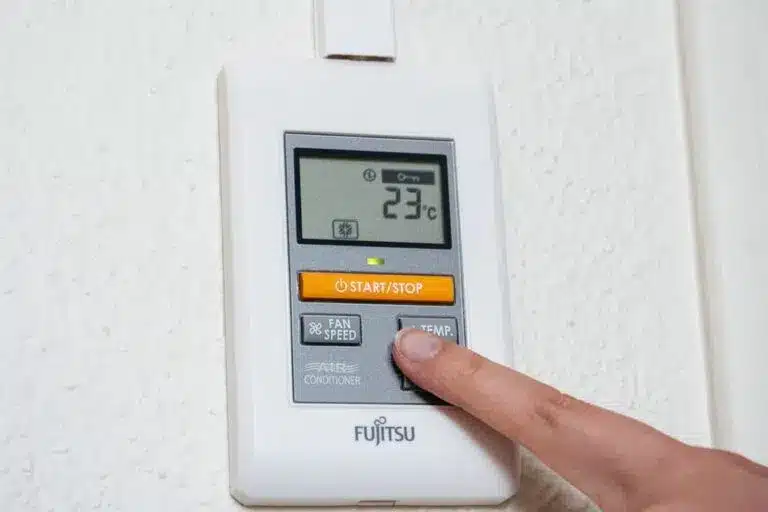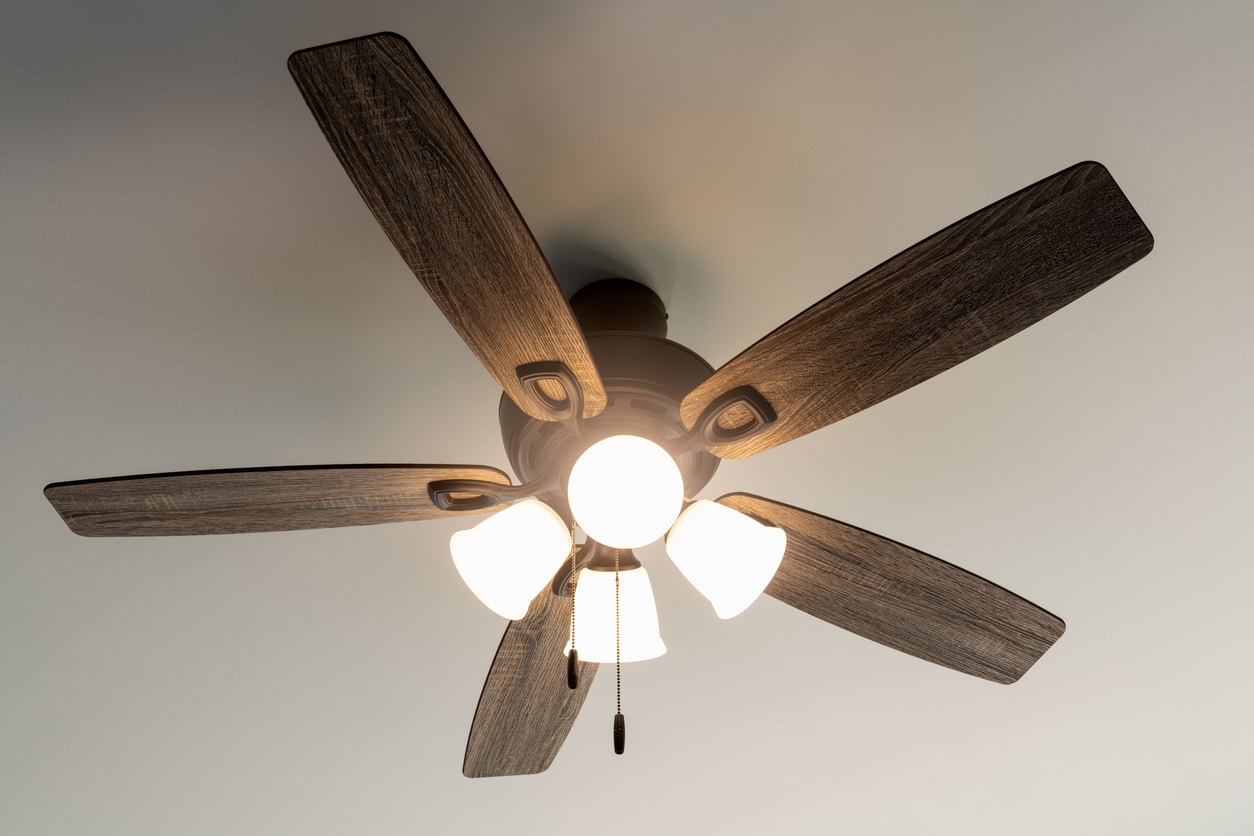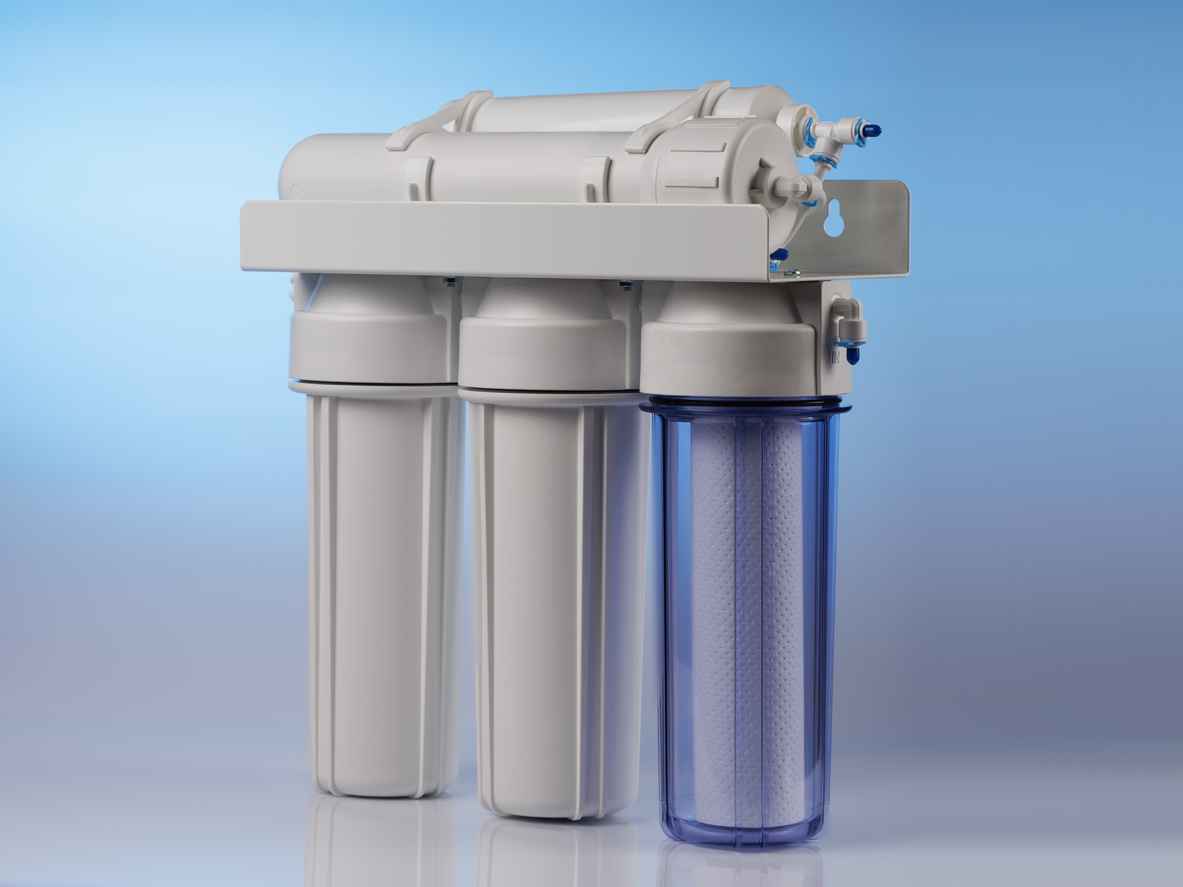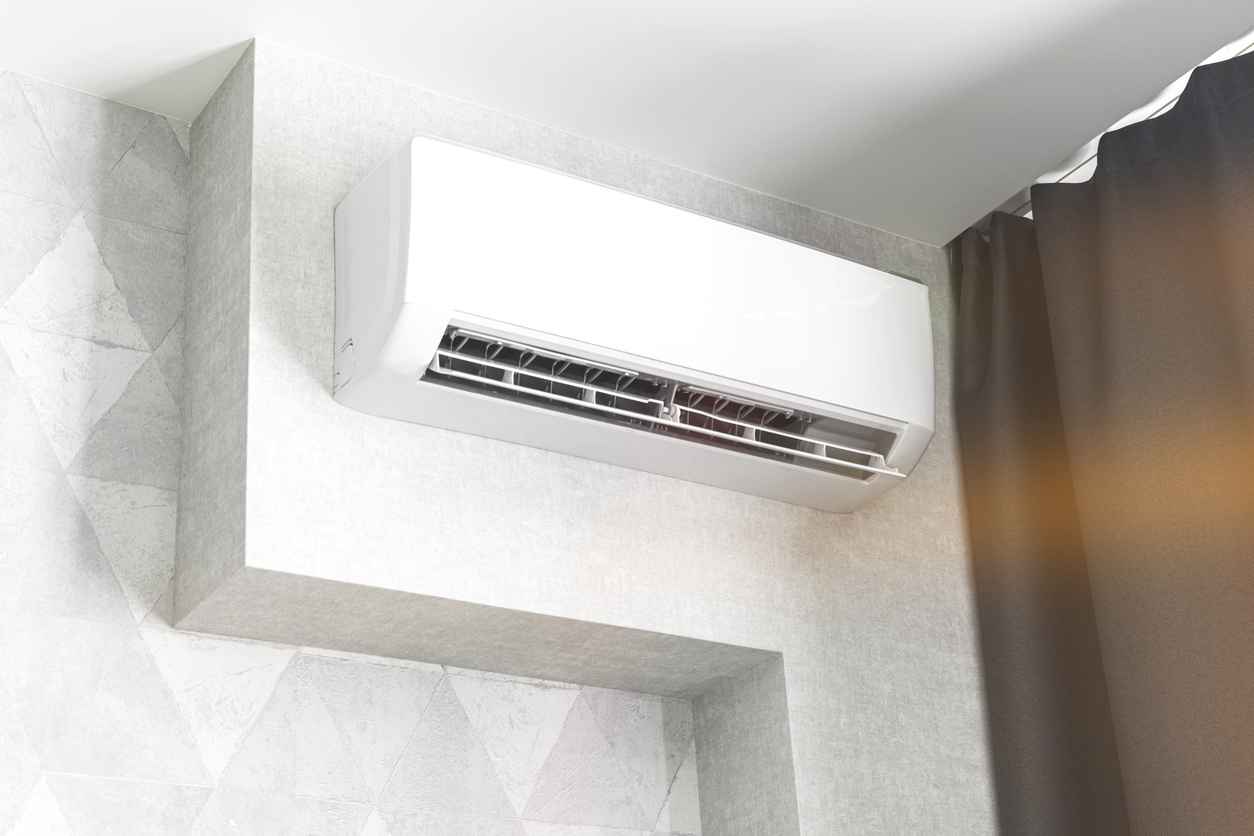Culprits in Temperature Imbalances Between Floors, Part 2
In part one of this two-part blog series, we dug into some of the common culprits behind temperature imbalances in a home or building. These imbalances, where upper floors are significantly hotter than lower areas, are both uncomfortable and potentially indicative of larger issues within the HVAC system and air conditioner.
At My Buddy the Plumber, we’re here to help you assess and remedy concerns like these regardless of their source. Our air conditioner repair and installation services are second to none, with experienced technicians who understand exactly why certain airflow results might be taking place in your home. In today’s part two, we’ll go over a few other areas we recommend investigating if you can’t seem to even out the temperature between floors.

Attic and Insulation
If the issue isn’t due to a faulty air conditioner or duct issues, both of which we discussed in part one, the most likely explanation for a major temperature imbalance between floors is a buildup of heat in the attic. Most attics are not included in the home’s HVAC system, meaning they’re prone to becoming much hotter than other areas of a given home during the summer.
Now, if your roof and attic are properly insulated from the rest of the home, this won’t be a major concern. If not, however, temperature imbalances are not only possible, they’re even likely in some situations as heat is not properly blocked from spreading into your upper floors. A few insulation themes to be aware of:
- R-value: This is the term used to measure the quality of insulation, based on the thermal resistance a given material provides. Our team is happy to explain R-value and the recommended ranges for your insulation, information you can also often find on existing insulation paper backings.
- Thickness: Another area to consider is insulation thickness – even if you already have insulation, you can consider adding more. Homes in climates that can get cold, such as Utah, generally do well with insulation between 16 to 18 inches thick.
- Other attic features: In addition to strong insulation, consider rafter and soffit vents to improve attic ventilation. You may also look into installing a fan.
Outdoor Tree Line
Finally, a sneaky contributor to temperature imbalances in some homes is the presence of a particular kind of tree line. If you have young trees or large shrubs growing near the home, it’s possible your ground floor receives significant shade protection from the sun – protection your upper floor generally won’t be afforded, meaning it will be exposed to more sunlight and therefore more heat. One way to fight this is by treating upstairs windows to reflect more sun, or by installing blackout curtains or heavy drapes that keep the sun out.
For more on the potential causes and remedies of temperature imbalances in your home, or to learn about any of our HVAC or plumbing services, speak to the staff at My Buddy the Plumber today.
Recent Posts
Recent Posts


Join the My Buddy Club
Easy Maintenance & Exclusive Benefits
The My Buddy the Plumber’s Club is our comprehensive maintenance membership program that will protect your home comfort systems! From an in-depth home plumbing inspection to thorough furnace and air conditioning tune-ups, the club does it all. Our team will ensure your HVAC, plumbing, and electrical systems are running safely and in top shape. Joining our club can also provide plenty of exclusive perks, such as:
- Priority service
- 10% discount on repairs
- No after-hours fees
- Peace of mind
- Matched manufacturer’s warranty
- Tank water heater flush
- Drain cleaning
- Electrical safety inspection

















